Late June 2018 (21st-30th)
/Extreme heat and humidity permeated the region throughout late June, easily notching a new high mark for the average of daily high temperatures for a thrice-monthly period this year. Pop-up thunderstorms were common, occurring most evenings, with torrential downpours and impressive lightning storms noted along with high winds on several occasions. The unstable weather didn’t appear to dampen the efforts of local birds however, as the number of eBird submissions did rise over the doldrums of mid-June. Unusual finds were hard to come by, as expected during this time frame, but, knowing fall migration for shorebirds is about to begin, it’s hard to feel anything other than anticipation. Top records for late June in Virginia Beach included continuing rarity reports for the Ashville Park WARBLING VIREO as well as unseasonal occurrences for RUDDY DUCK, PIED-BILLED GREBE and TUNDRA SWAN. Only one late species was noted, with a single report for RED-BREASTED MERGANSER to kick off the period.
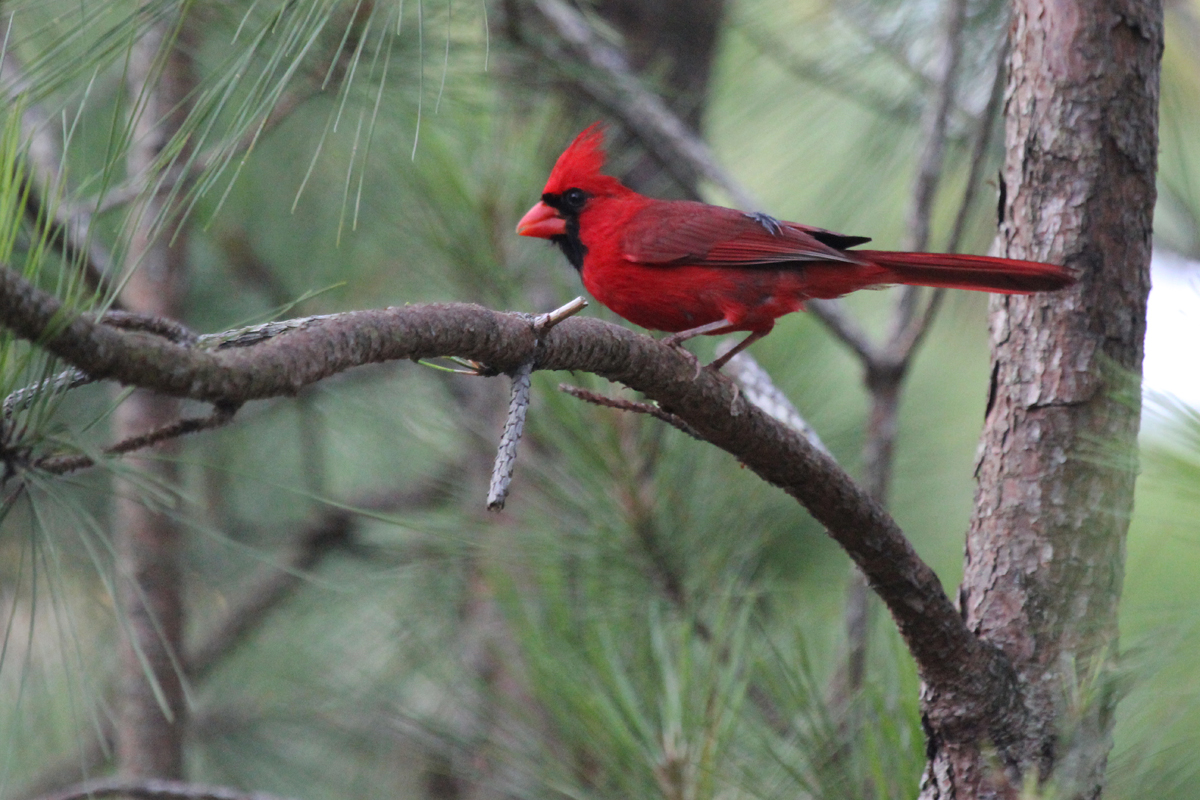
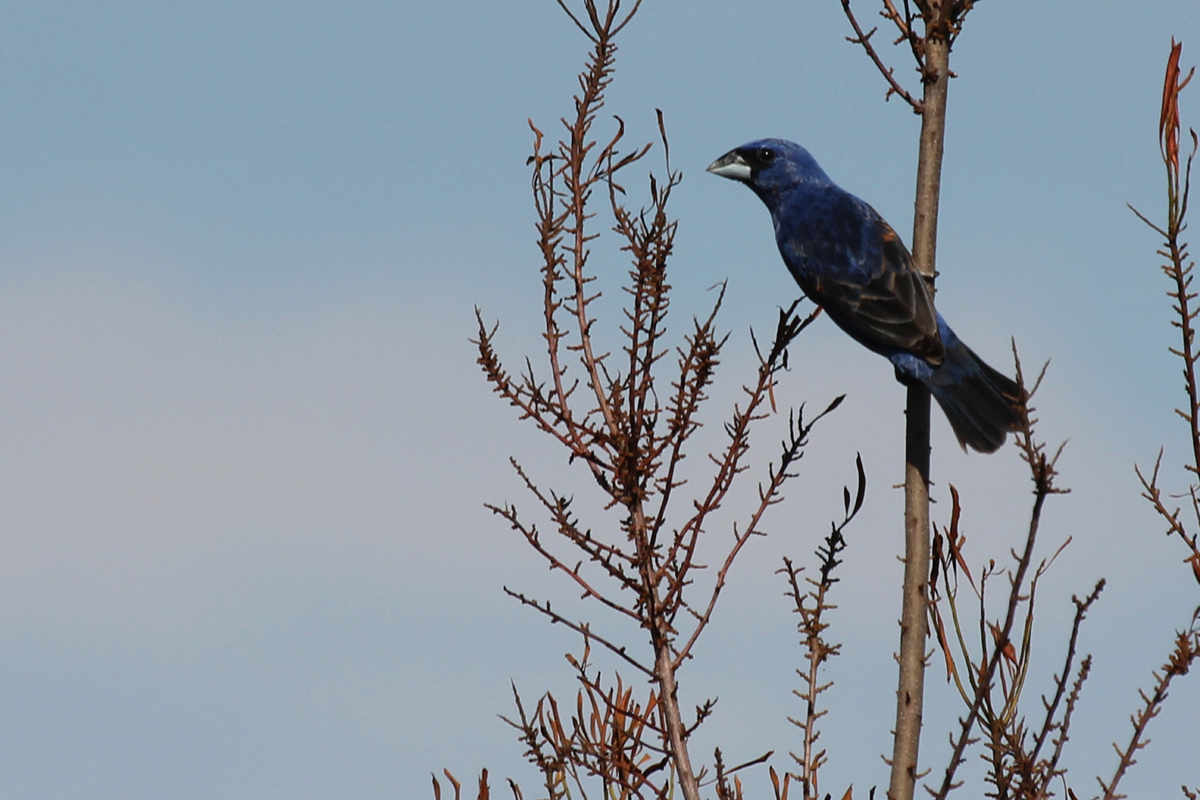

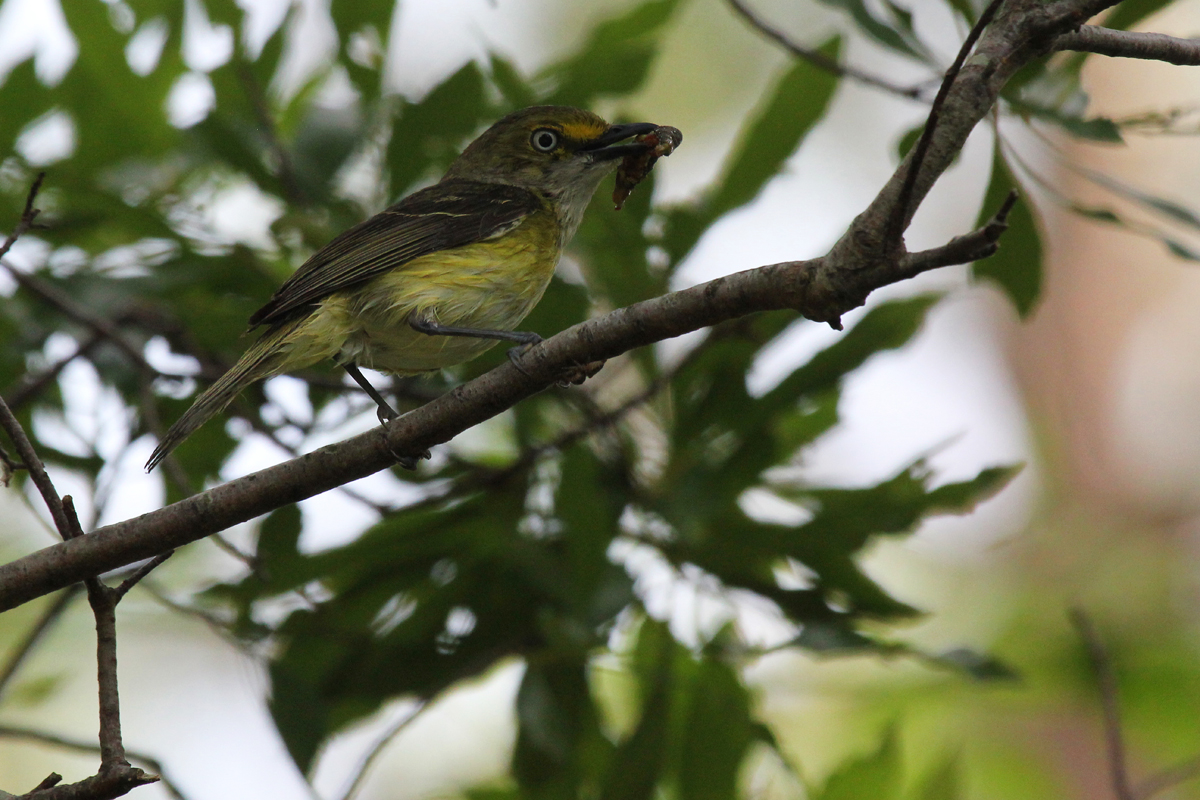
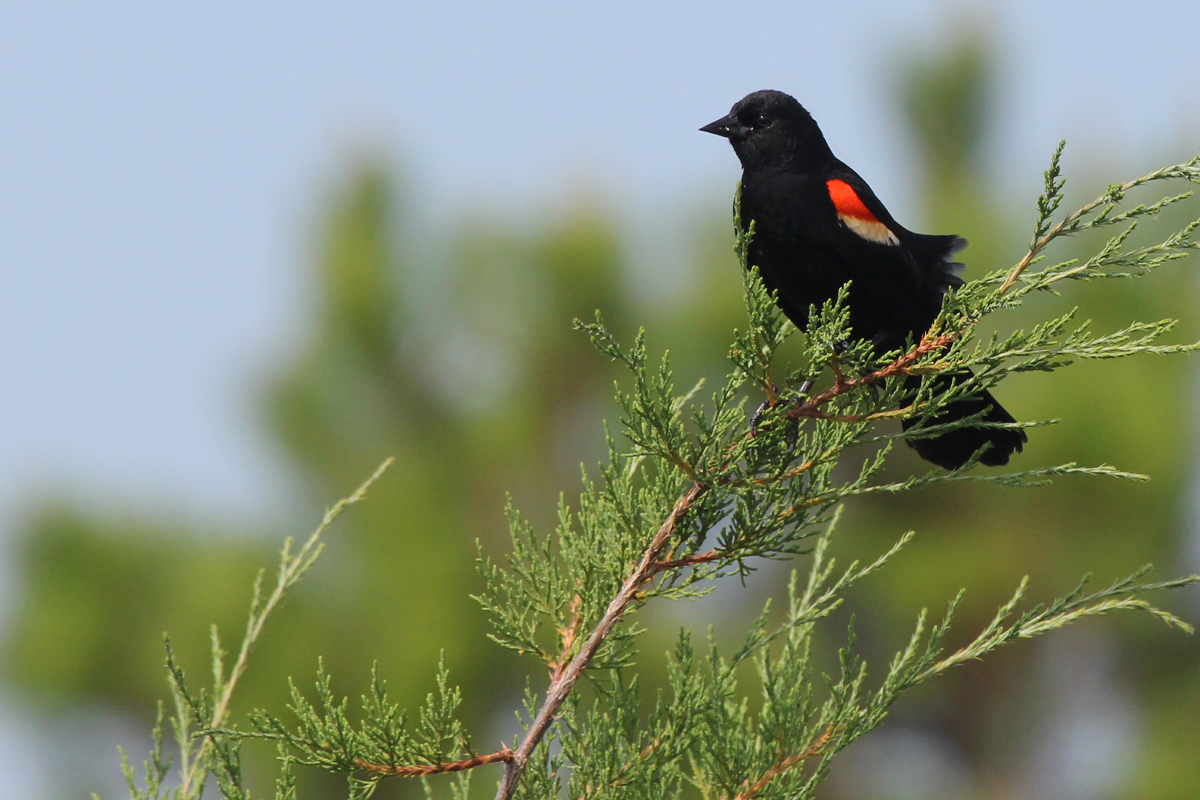
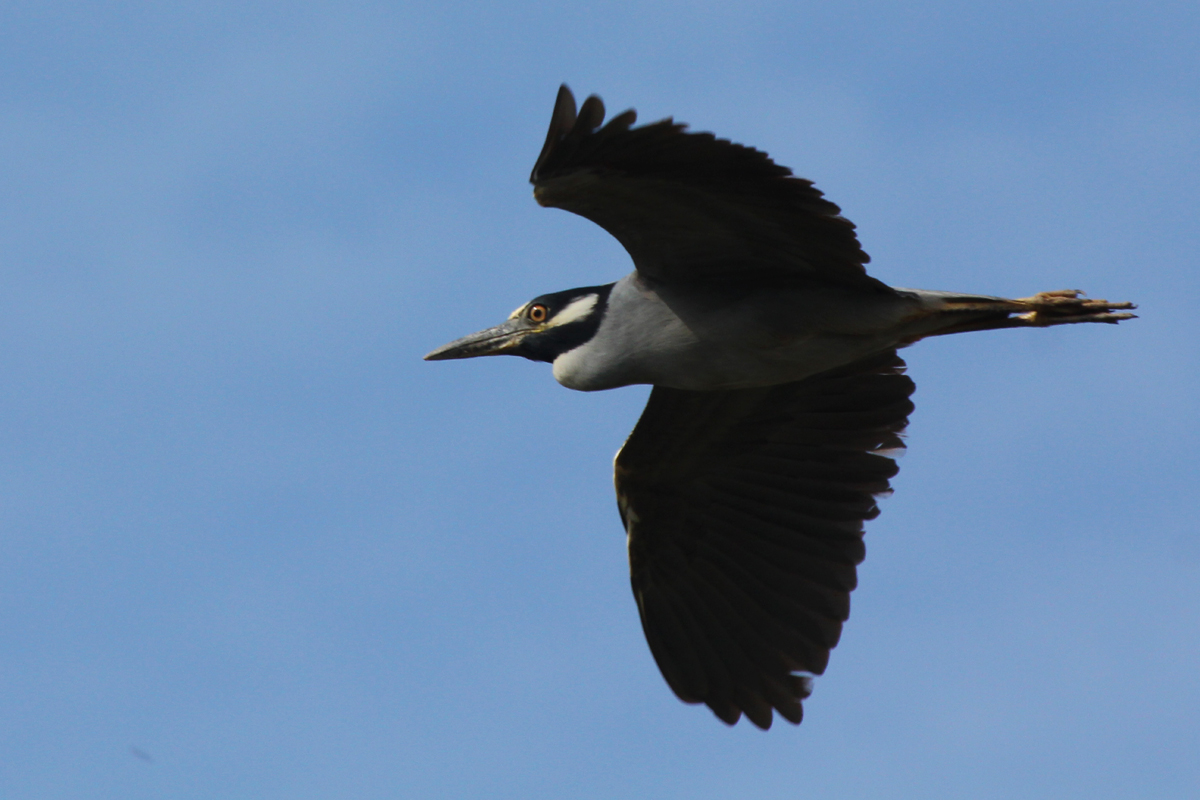

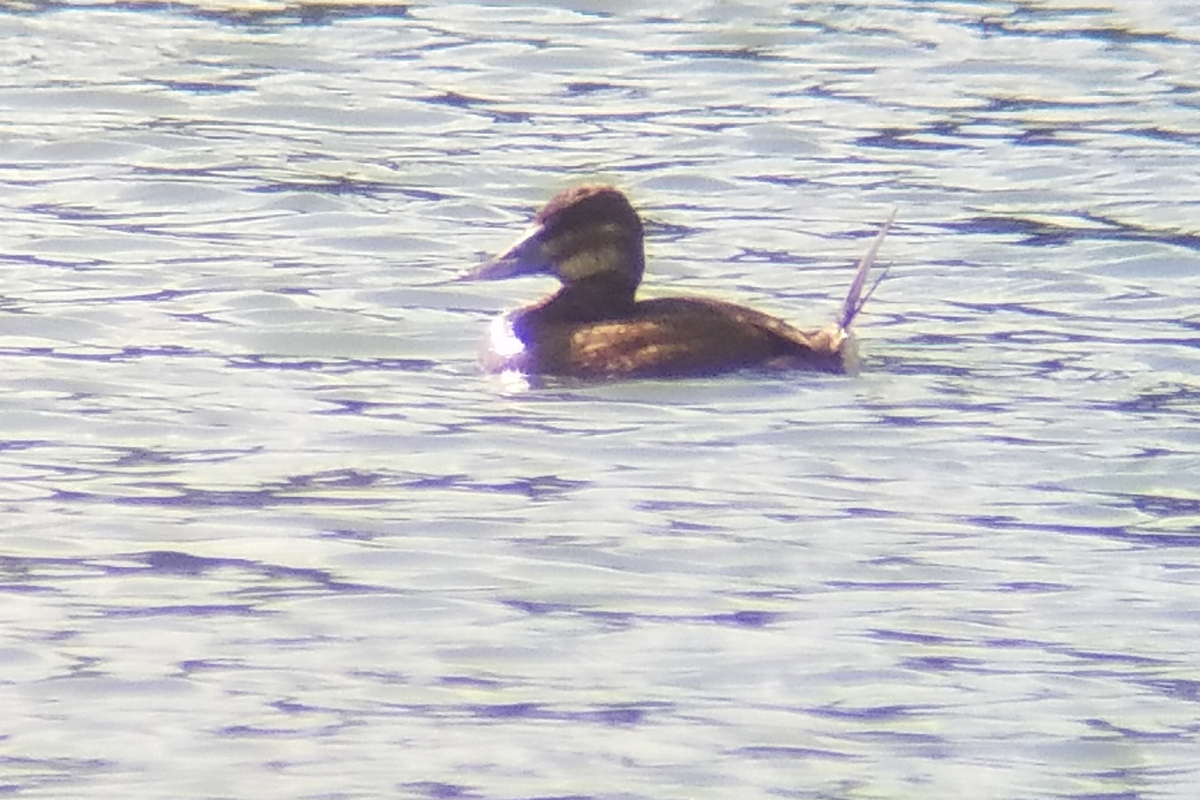
Continuing from the mid-June reporting period, the WARBLING VIREO first detected along Ashville Park Boulevard on 14 Jun (a.r. Michael Linz & Patty McLean), managed to stay in the same general area all the way through 26 Jun (obs. Karen & Tom Beatty). All observations of this remarkable individual have occurred in the willow oak trees just east of the clock tower roundabout (the first traffic circle east of Princess Anne Road). While the bird has, at times, been observed in flight crossing the storm water pond on the north side of the road, it hasn’t spent much time in the sycamore trees there before returning to the boulevard’s tree-lined edges. Given this remains the only summer individual of its kind so far noted in eBird on the coast south of Delaware, it seems highly worth the effort of continuing to track its presence. Virginia Beach has never had a July record for Warbling Vireo, and come Sunday, we may have our first legitimate shot at one!
A big surprise this period was the emergence of a report from Mt. Trashmore Park detailing a single RUDDY DUCK present on the lake on 27 Jun (obs. Kent Millham; later ph. Rob Bielawski). Highly unusual this time of year, with the last records for this species in the city occurring way back on 18 Apr (obs. Steve Myers). Interestingly, the last few spring reports all originated at this same location, and it makes me wonder if this individual actually stayed here all this time and was just never noticed. The other explanation would be that it is a dispersal bird from perhaps Craney Island in Portsmouth or Chincoteague NWR in Accomack, as these two locations see summer reports of individuals almost annually. Whatever the case, it is certainly a waterfowl species that we don’t expect to find here in summer, with the last Jun/Jul record occurring back in 2014, and the only others in 2002. Perhaps like the Warbling Vireo mentioned above, we’ll see this bird linger into July at this location.
During the late June impoundment survey at Back Bay NWR, a pair of waterbirds turned up that really shouldn’t be present at this point in the year. The first, a true surprise, was a single PIED-BILLED GREBE noted on the Back Bay NWR eBird account as being identified by Bob Ake. June records are difficult to come by for this species, but Back Bay surely provides the best habitat we have in the city for one to over-summer or attempt to breed. Usually by mid-to-late July, we’re starting to see these popping up again in the region, but this record stands out for being the only late June record since 2014. Additionally, the (likely) injured TUNDRA SWAN that has been present at Back Bay for about a month now appears to continue, having showed up also in the impoundment survey report. Just a couple of more days, and we could be documenting the first occurrence of this species here in the month of July.
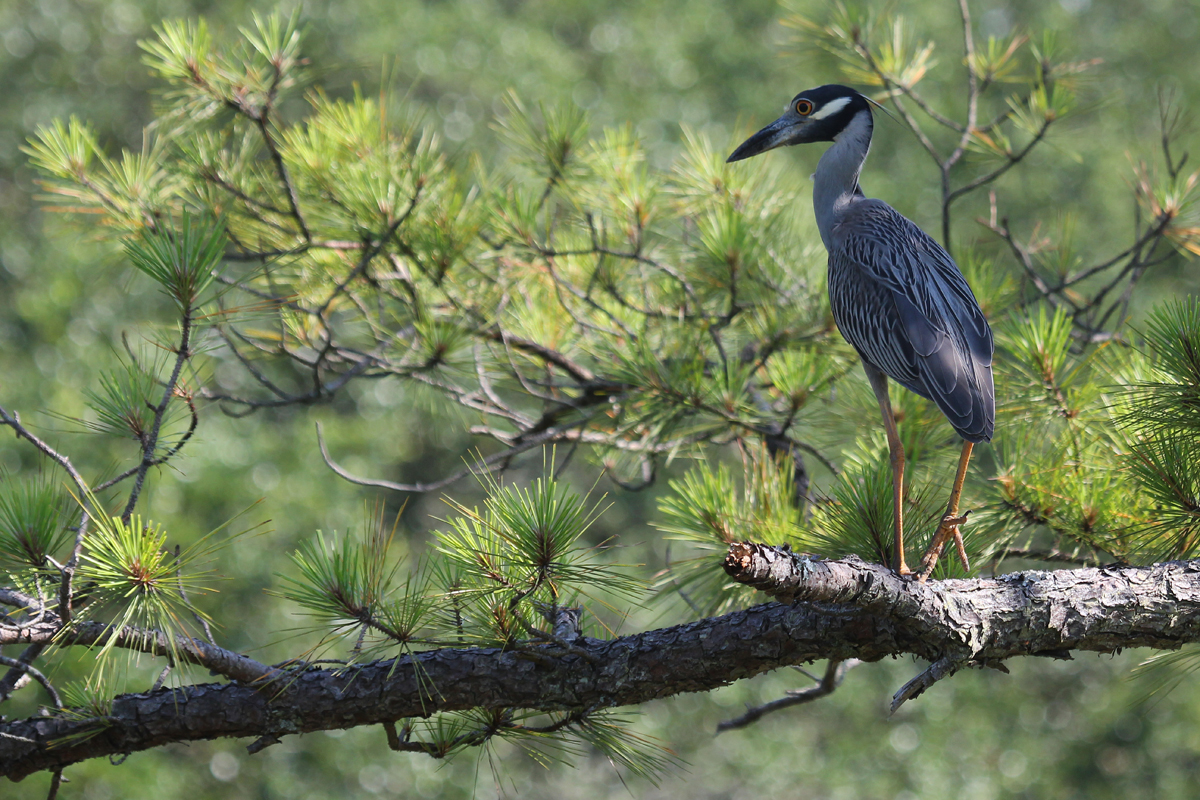
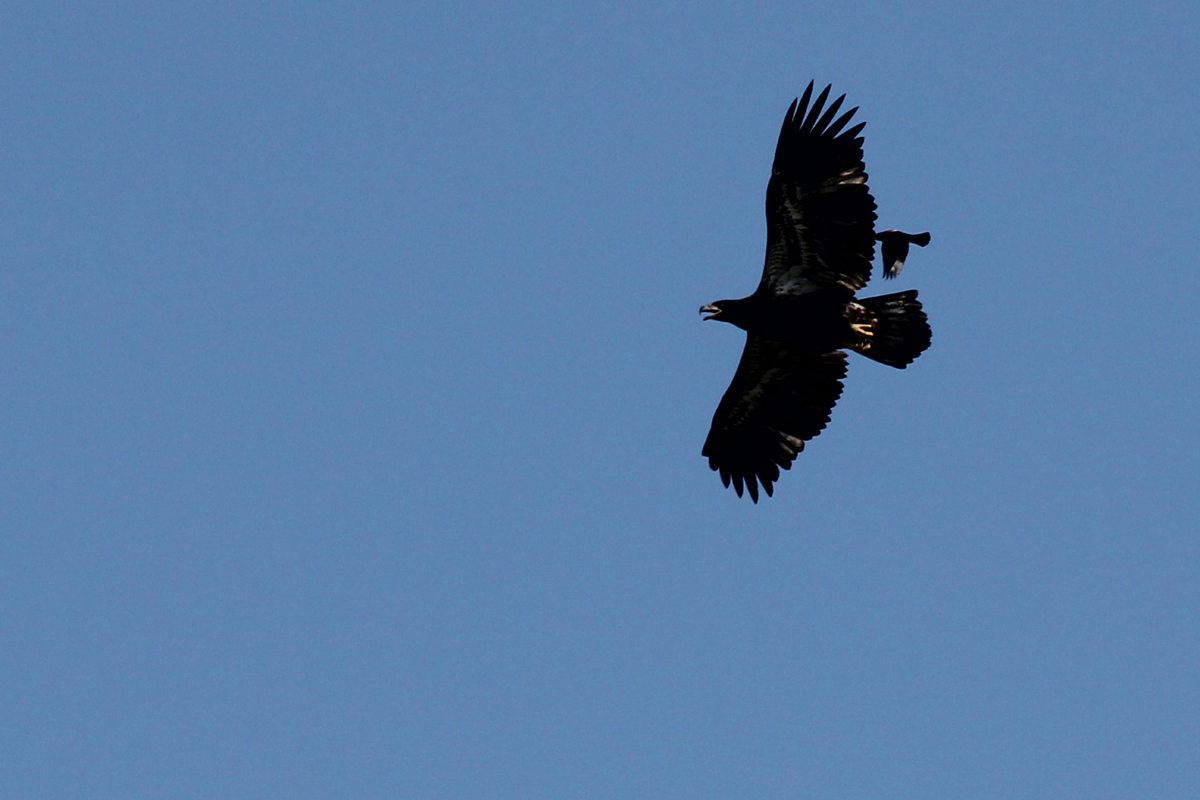
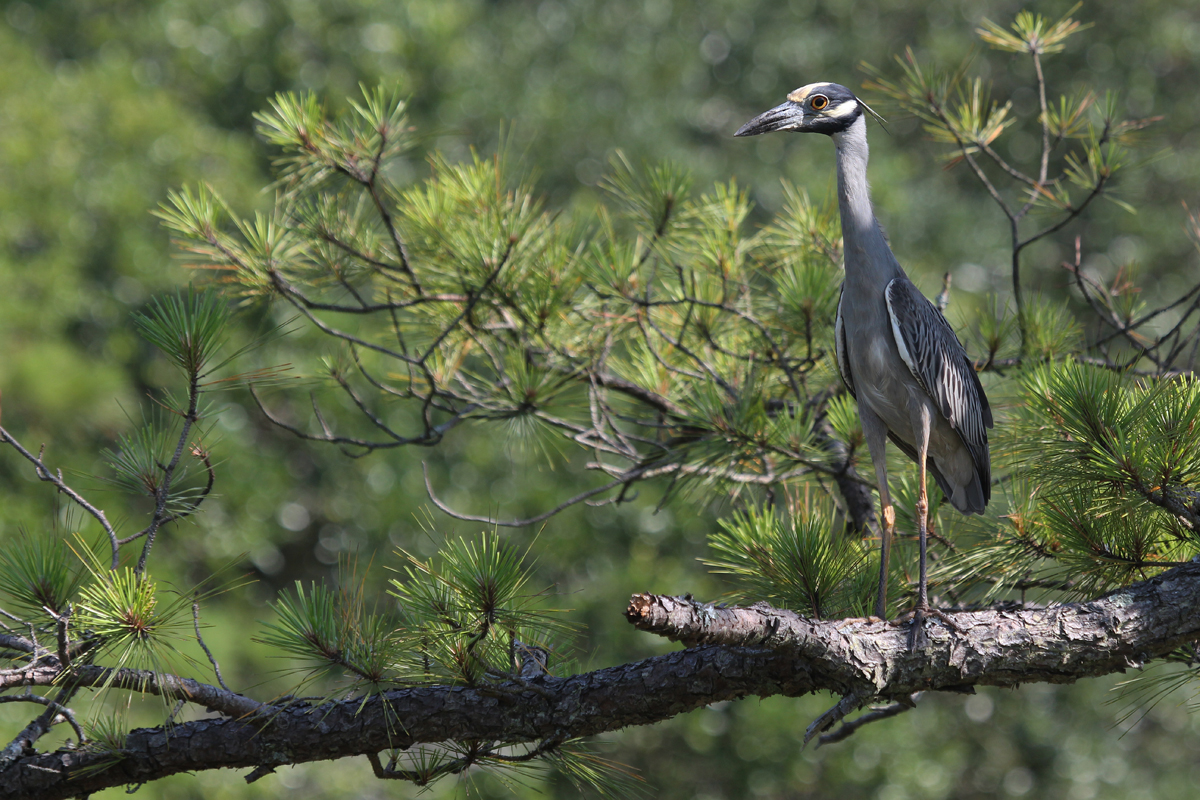
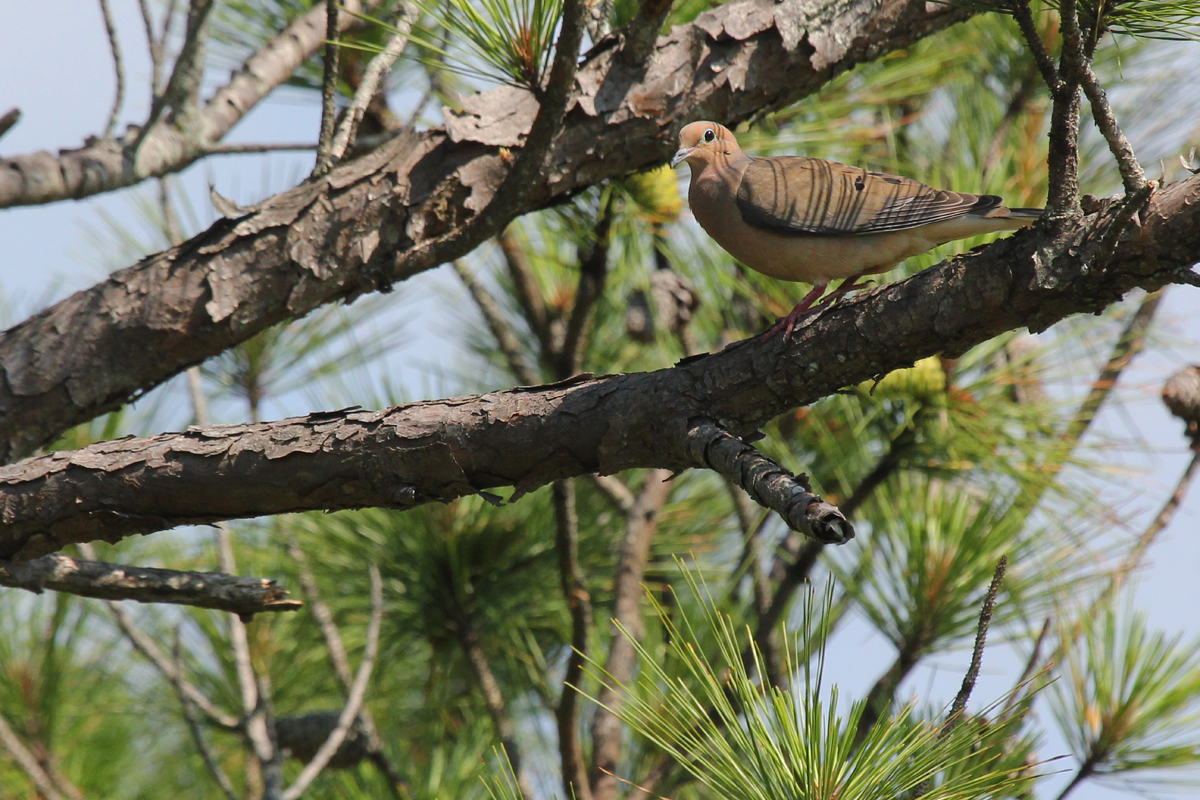
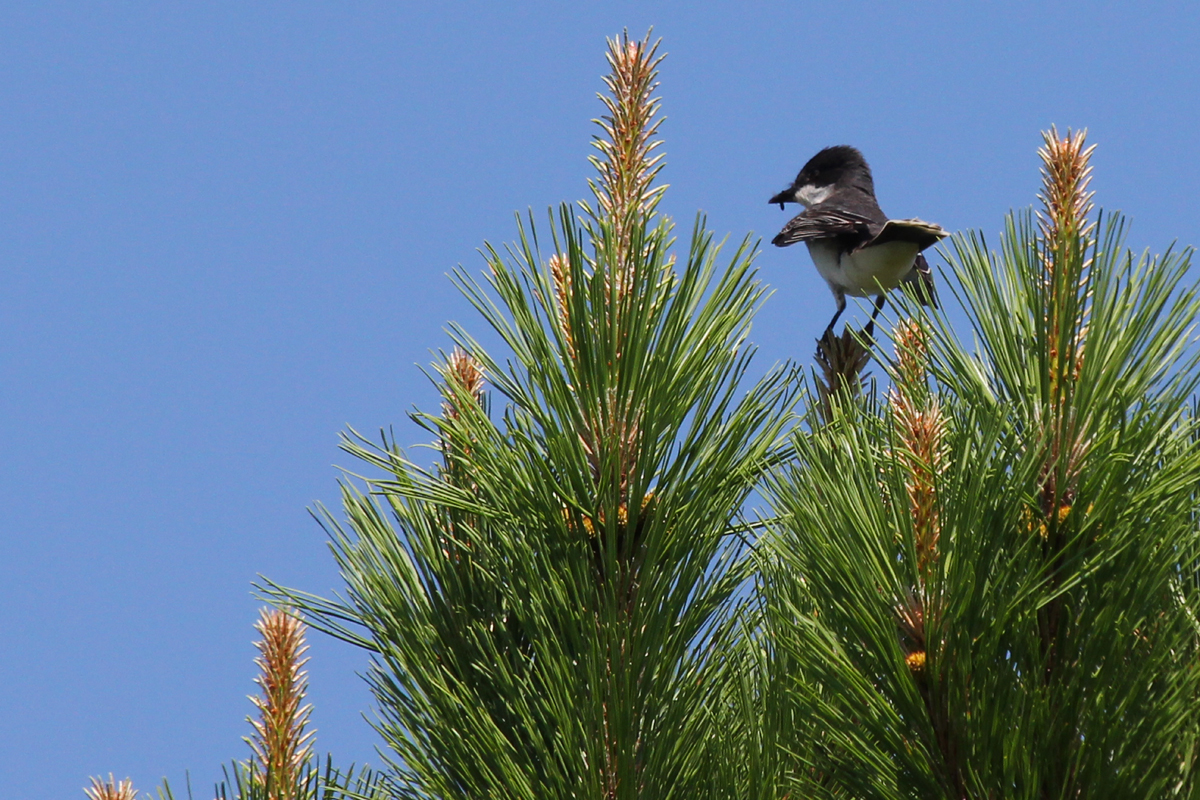
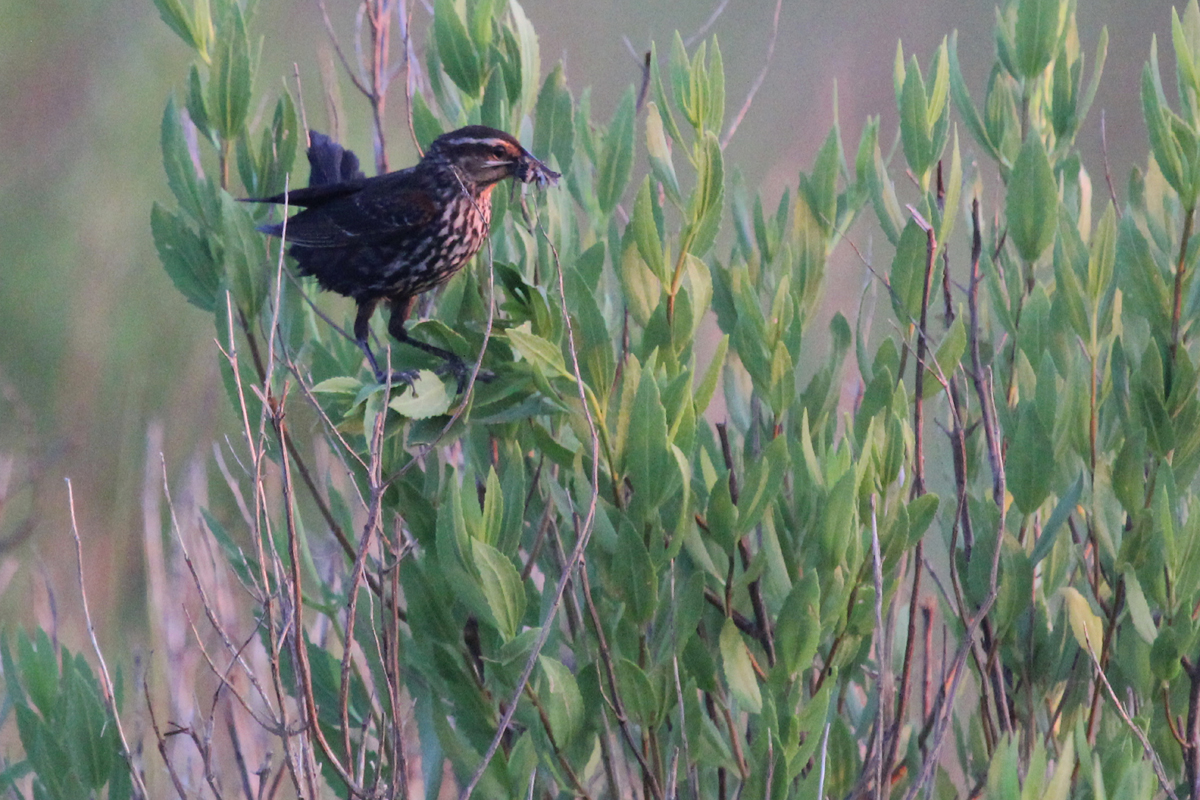
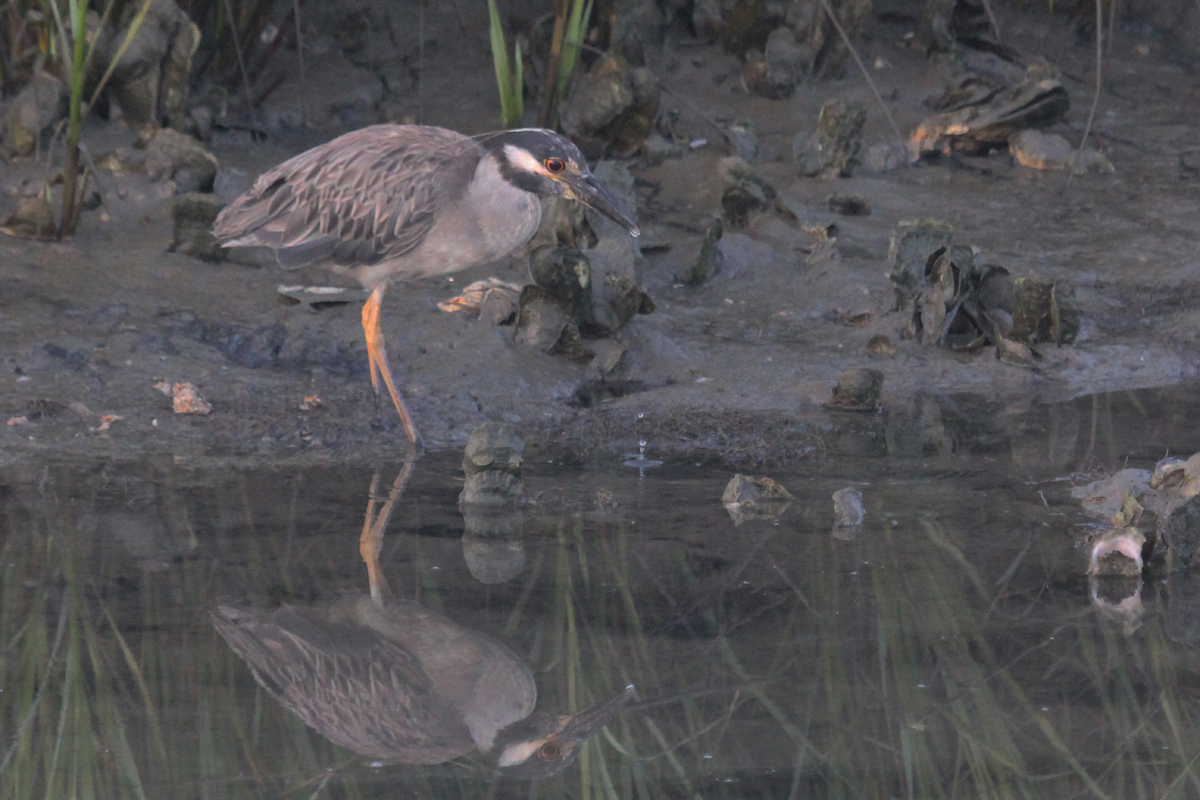
At least one RED-BREASTED MERGANSER persisted into late June in Virginia Beach, while as many as three were noted in the early part of the month. The Gold Book notes the summer month distribution of this species as, “Small numbers often linger into late May and early June; relatively rare summer visitor along the coast (very rare inland)”, so given we’re now about to hit July, if one pops up again, it will be noted here as an unseasonal occurrence rather than simply a late bird, because at this point, it’s like the bird is going to attempt summering rather than simply being a late straggler. While the only report of a single female occurred at Pleasure House Point NA on 21 Jun (ph. Andrew Baldelli), it’s possible that we’ll see this one, or other again moving forward…there’s a lot of water out there, and even more vegetation to hide among. In an average year, we don’t typically see this species returning to the area until late October, so any reports between now and then will certainly be noted.
Now that we’re in the heat of summer, it feels important to remind all birders in Virginia Beach that the 2nd Virginia Breeding Bird Atlas is moving full-steam ahead into its third season of data collection. For those folks who aren’t familiar, this five year project is aimed at mapping out the breeding ranges for every bird species that nests within the state of Virginia. It is intended to provide a comparison with data from the 1st Virginia Breeding Bird Atlas, which took place in the 1980s, to identify species whose populations have deteriorated, and to use this knowledge to build plans on how these species-in-need might be better assisted by federal agencies and conservation organizations. Co-sponsored by the Virginia Department of Game & Inland Fishers, the Virginia Society of Ornithology and the Conservation Management Institute at Virginia Tech, this project relies heavily on volunteers for data input using eBird, so if you’re already an eBird user, this project is a great way to help make your checklists potentially count for more than just numbers on your personal life list, by helping document the shifting distributional patterns of species that can directly benefit from your observations! A large array of information regarding the project is available online, with the Atlas Website being a great starting point for anyone who might be interested, as well as the Atlas eBird Portal News Page. Additionally, I help run the Atlas’ Public Facebook Page (where information is shared to the broader community of those folks who have shown an interest in the project), as well as the Atlas’ Facebook Group (where active Atlasers can share their sightings and discuss various aspects of the project with one another).
All that said, we had some great confirmations documented for the project during late June in Virginia Beach. Most notable was the that of a highly interesting record submitted for a species rarely seen outside of an expected portion of the city. While birding-by-kayak in the Lynnhaven Estuary just south of Pleasure House Point NA on 21 Jun, Andrew Baldelli discovered an adult LEAST BITTERN vocalizing from one of the marshy-vegetated islands that are inaccessible by any other means. While searching for the bird, it flushed along with a juvenile, which was then fed by the adult, allowing for the first confirmed breeding record for this species in the city for the 2nd Virginia Breeding Bird Atlas! Least Bittern is a species known to inhabitat the marshes that surround Back Bay, but it is very rarely reported away from the southern portion of the city. To not only get a positive sighting documented by an audio recording, but to then get a breeding confirmation at this location is nothing short of incredible. Additionally, other scattered breeding bird confirmations were photographically documented around the city this period as follows: recently fledged WOOD DUCKS and MALLARDS in Southgate on 22 Jun (ph. Karen & Tom Beatty); an adult WHITE-EYED VIREO carrying food at Princess Anne WMA’s Whitehurst Tract on 23 Jun (ph. Rob Bielawski); an occupied nest of OSPREY, recently fledged KING RAILS, and an adult BLUE GROSBEAK carrying food at Back Bay NWR on 25 Jun (ph. Charlie Bruggemann); recently fledged KILLDEER at Camp Pendleton SMR on 26 Jun (ph. Mary Catherine Miguez); an occupied GREEN HERON nest in Kings Grant on 29 Jun (ph. Pamela Monahan); a female RED-WINGED BLACKBIRD carrying food at Pleasure House Point NA on 30 Jun (ph. Rob Bielawski) and lastly, a recently fledged RED-BELLIED WOODPECKER at Dam Neck NA on 30 Jun (ph. Karen & Tom Beatty). Keep up all the great work Atlasing folks!
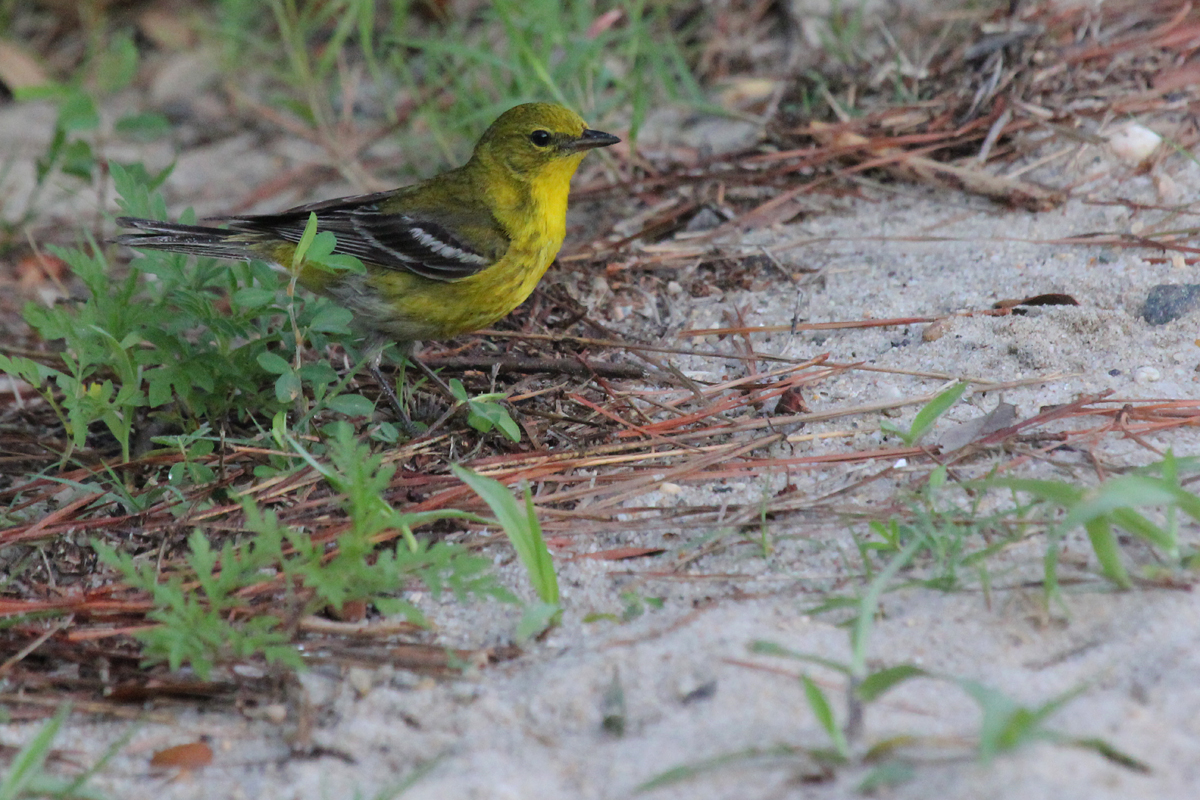
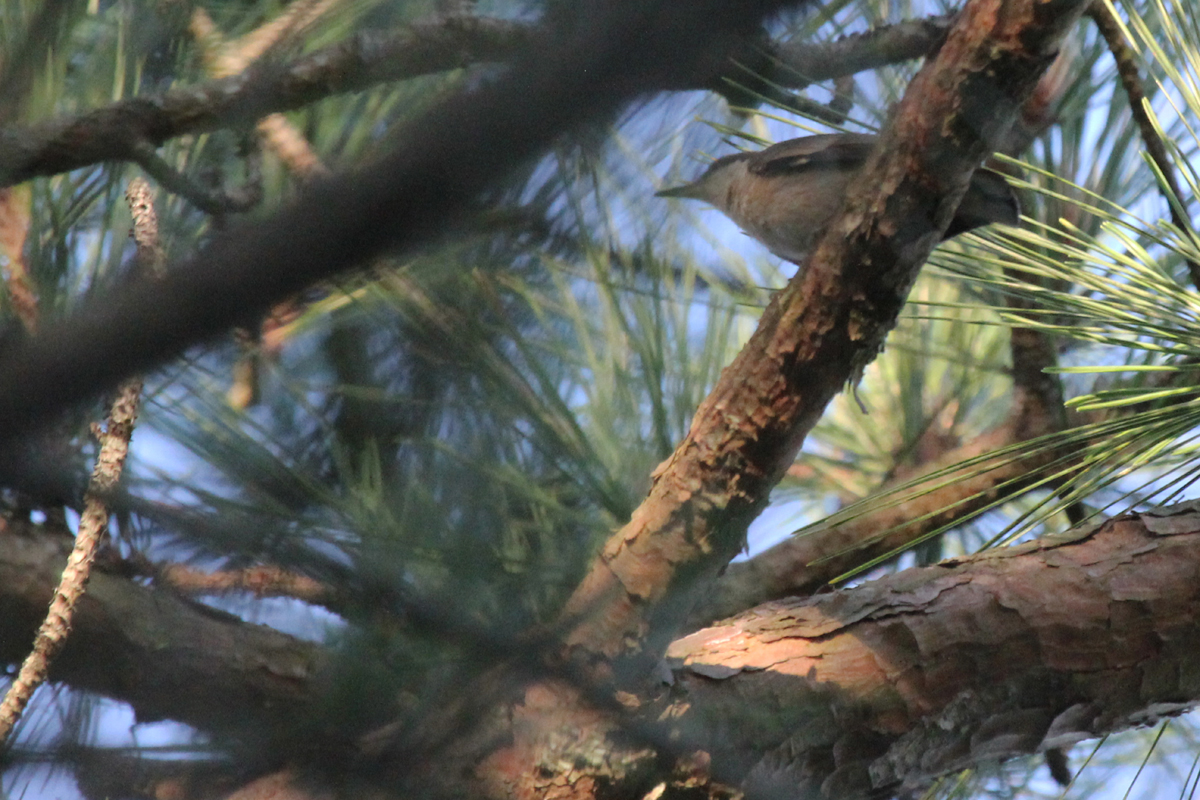
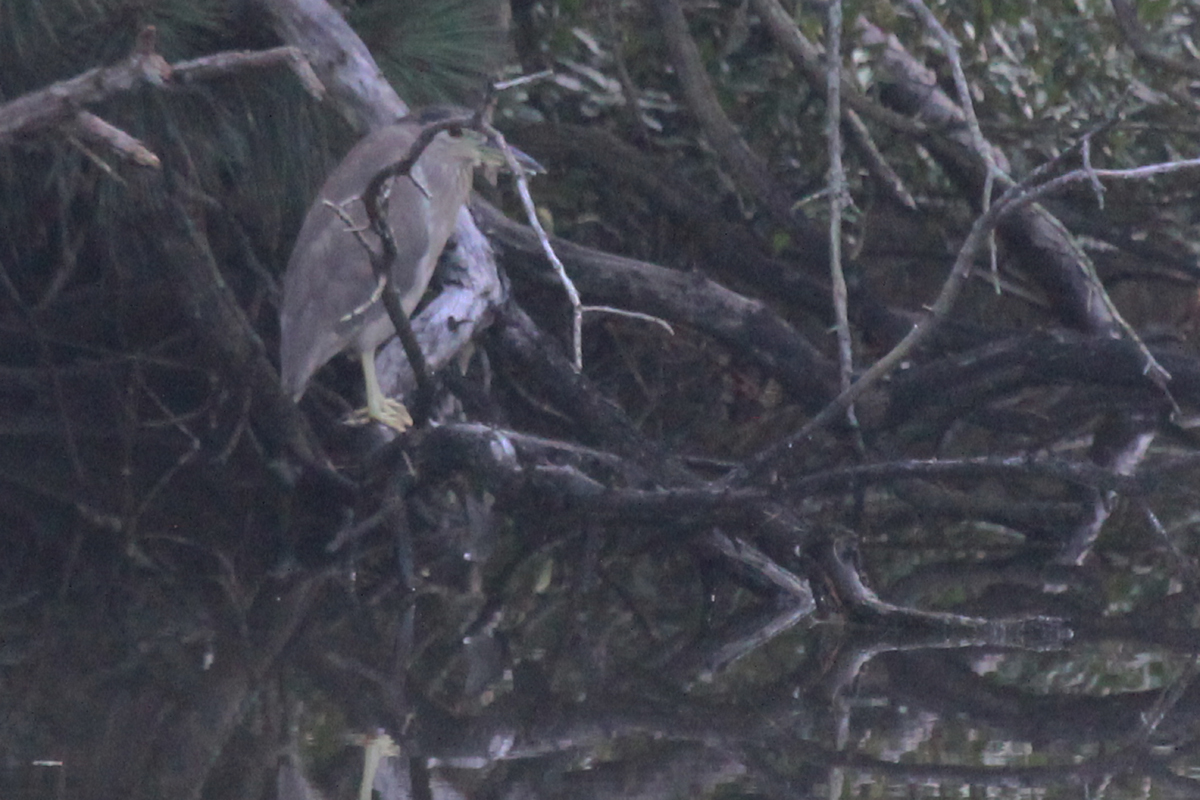
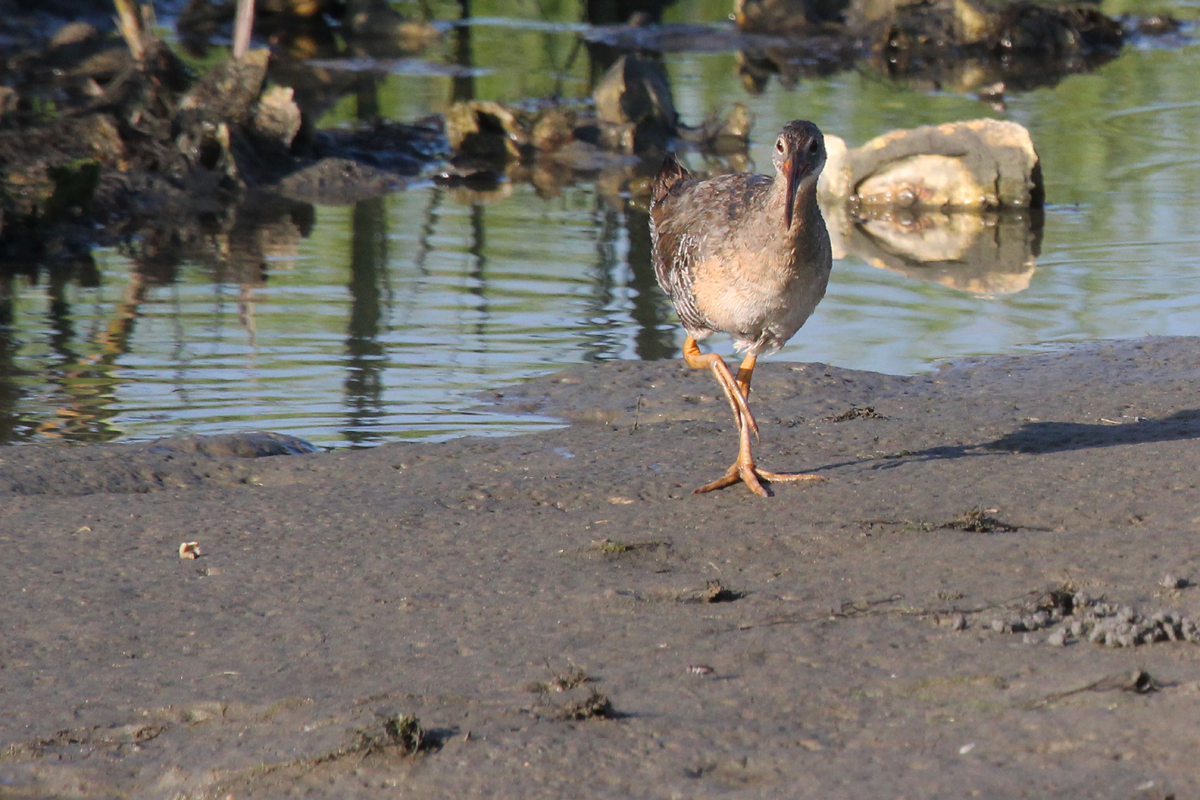

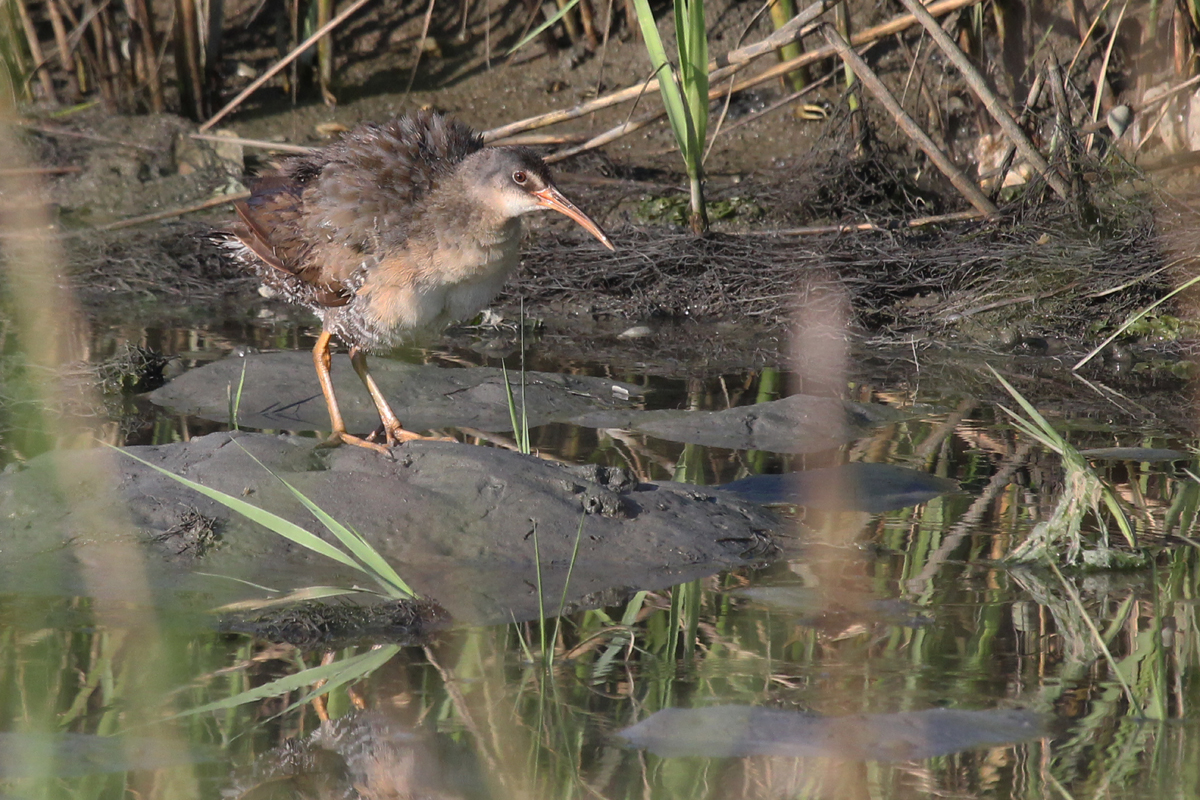
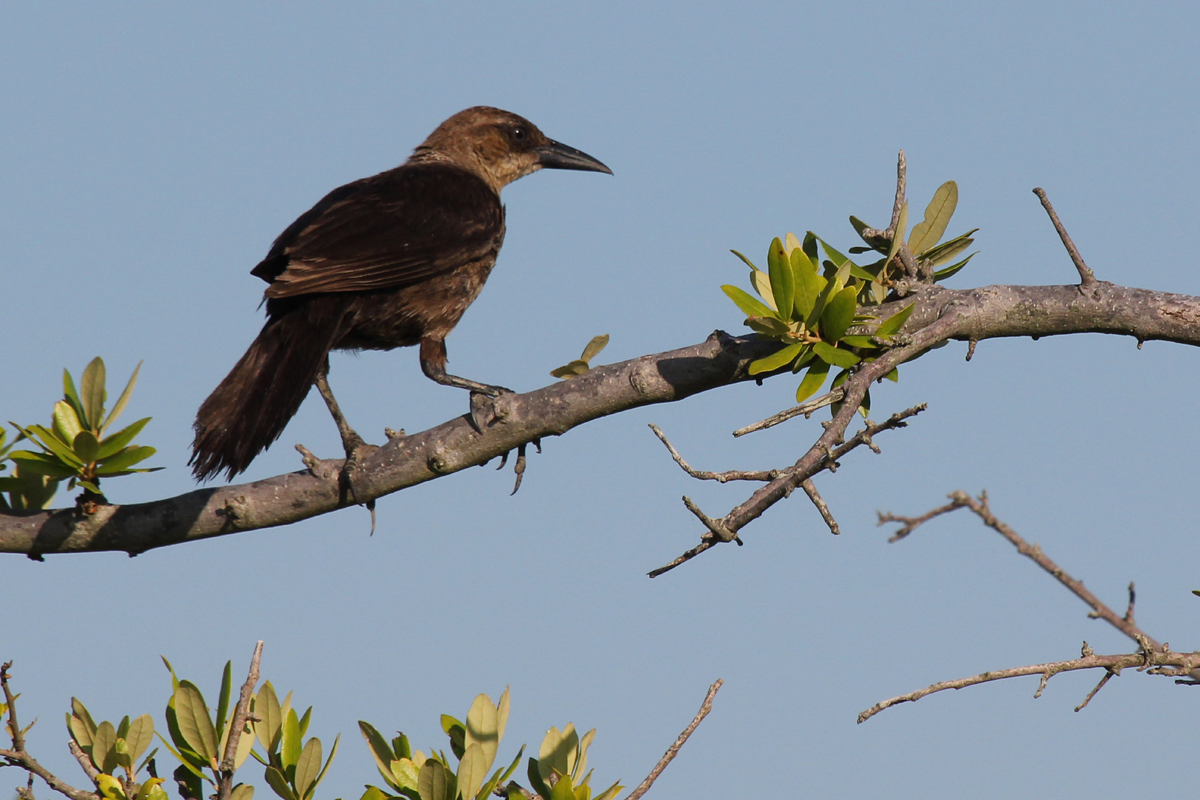
WEATHER: Easily our warmest reporting period for 2018 so far, and perhaps expectedly so as temperatures are typically on the rise from February through July, before dropping from August through January. The Summer Solstice occurred on 21 Jun, being our longest day and shortest night in the northern hemisphere. That said, we’re now on a path that will have us losing precious minutes of daylight until we reach the Winter Solstice in late December. Over all, average daily high temperatures rose 2.6° from 84.5° F to 87.1° (-0.1° from prior 10-year average), with average daily low temperatures also increasing, 4.4° from 68.0° to 72.4° F (+1.7° from prior 10-year average). Daytime temperatures ranged from a minimum of 70° F (26 Jun) to a maximum of 91° (23, 24 & 30 Jun). A total of 2.06” of rain fell during the period, spread across seven days with measurement amounts, with a maximum of 1.41” falling on Saturday, 23 Jun. Maximum sustained winds at Oceana this period were 29 mph and gusts reached 37 mph (24 Jun) as a strong front passed over the region. No significant tidal surge events (2’ or greater) impacted the Sewell’s Point tide gauge during this reporting period. Sunrise/sunsets varied from 5:46 AM/8:27 PM (21 Jun) to 5:49 AM/8:28 PM (30 Jun), which, for the first time in 2018 means we lost 2 minutes of daylight during this period (due to the Summer Solstice occurring) with a total of 14 hours, 39 minutes of ‘Length of Day’ to close the period.
For those hoping to view every photograph submitted for Virginia Beach during this period, please see the complete listing for the month of June located on eBird’s Media explorer by clicking here! Please remember, anyone with an eBird account also has the ability to rate these photographs (1-5 stars), and based on the average rating, this is how eBird populates anything media-driven on the website, particularly the Illustrated Checklists! So, if you're one of the many folks who enjoy looking at photographs of birds, take some time to click them all and rate them, it helps make eBird better and better each day!
LOOKAHEAD: Ironically, what makes late June such an exciting period, is that it officially ends the periods lacking in excitment! Moving forward, we finally have fall arrivals to look forward to from early July all the way through November. The month of July is typically dominated by observations of arriving shorebirds, which have already started departing from their breeding grounds in the Canadian tundra. Technically speaking, SPOTTED SANDPIPER is set as a 30 Jun arrival (our only June arrival for that matter), and while we did have two records for the species in June, we should expect far more moving forward into July. Additionally, during early July we have expected arrivals for GULL-BILLED TERN, SHORT-BILLED DOWITCHER & LEAST SANDPIPER (5 Jul average expected arrival date) and WESTERN SANDPIPER, WHIMBREL, BLACK TERN, LESSER YELLOWLEGS & RUDDY TURNSTONE (10 Jul). The coastal beaches, as well as any low-tide marshes and flooded fields will become highly sought after locations to search for shorebirds during July. So, please pay close attention to the weather, and to the status of crops in fields throughout southern Virginia Beach, as fall migration is now almost upon us!
Next Entry | Entry Index | Previous Entry
For further information regarding this thrice-monthly, online publication, please visit the Journal Overview Page which provides an in-depth explanation of the format, layout and composition of the journal. As always, thank you for reading, and please leave me a comment below (you may use your Facebook, Gmail or other accounts to easily do so), or just click the Heart icon to the lower right of this post to let me know you stopped in!